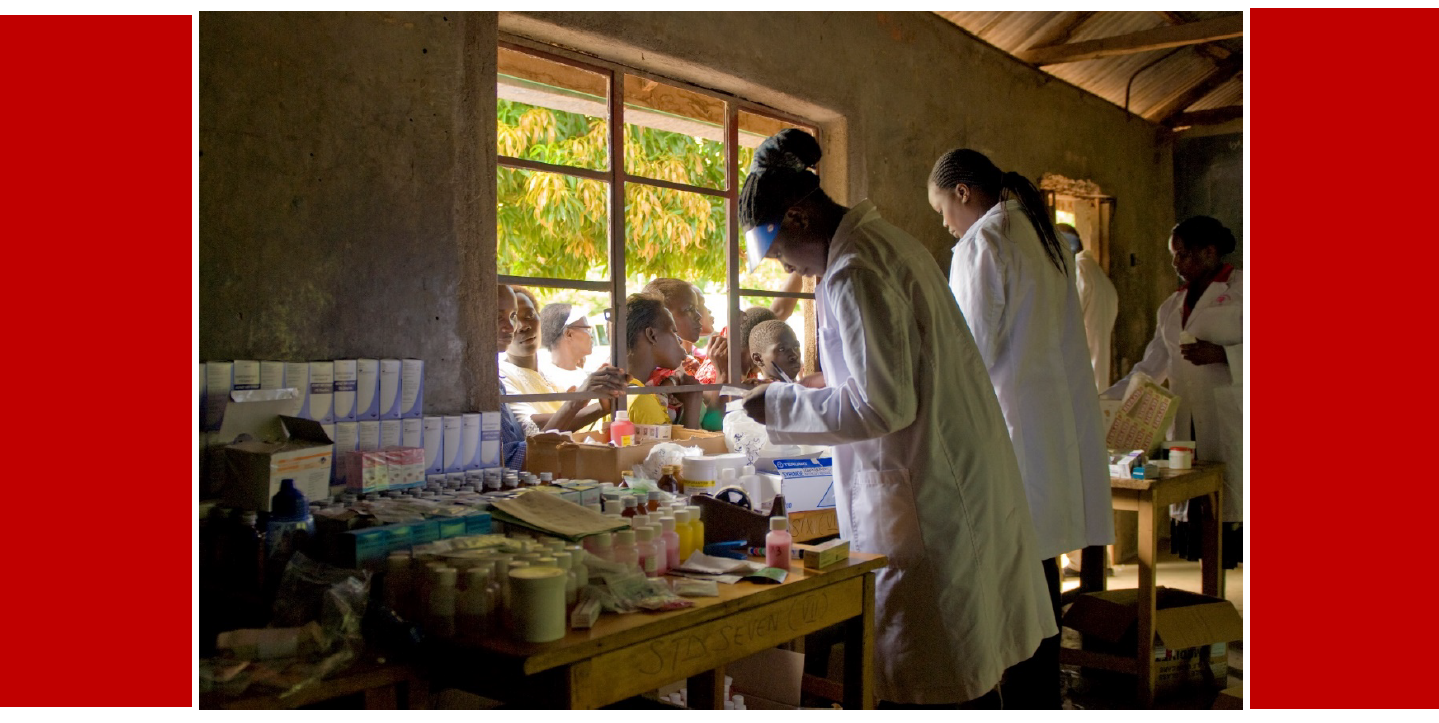|
Dr. Rozenn PERRIGOT Associate Professor Director of the Center in Franchising, Retail & Service Chains Graduate School of Management (IGR-IAE Rennes) University of Rennes 1 EXECUTIVE SUMMARY
In the context of the growth of franchising in the social sector, and more specifically in the health care sector in Africa, it is important to understand how franchising can contribute to the development of the sector, from the quality of treatment and services offered to the performance of the companies. This CFW network case study’s objective is to understand and assess:
The methodology of this exploratory study is qualitative and based on:
This multi-level approach involving people from headquarters, franchisees, an employee of a clinic, customers and a prescriber has allowed me to gain a global overview of CFW activities and operations, the CFW franchise business model and CFW challenges and future prospects. The following findings and recommendations have emerged from this study: Valorizing CFW organizational know-how: In addition to the know-how that has been implemented and codified by CFW before being transferred to the franchisees, CFW has important organizational know-how at the headquarters’ level. Specifically, I refer to the codification of the business know-how, franchisee training, the audit of the clinics and the supply of medicines. Another example of relevant organizational know-how of CFW is the CFW Outlets Compliance Code that is “a code for the Field Officers on how to handle non-compliant CFW franchisees. It defines contraventions of specific CFW franchise standards so as to clarify the relevant steps an officer should take.” It would be appropriate to proceed to a detailed audit of all this organizational know-how and valorize it:
Considering the evolution of the CFW concept: In terms of evolution of the CFW concept, it appeared during the interviews that there was an interest in expanding the services offered by the CFW clinics, as well as opening hours of the clinics. First, according to CFW customers, services and facilities provided by the CFW clinics could be expanded. Interviewees mentioned specifically vans, deliveries, laboratories as well as adding wards for in-patient care. On the one hand, this would be a way to better meet customers’ demands and, on the other hand, a way for the franchisees to develop their activities and then make more money. Second, two customers who would like 24H/24 service also suggested expanding the opening hours of the clinics. The associated issue would be the cost associated with expanded opening hours. Better assessing customer needs and expectations: In addition to this exploratory qualitative study, a questionnaire-based survey given to customers would be very useful in order to assess customers’ needs, expectations and also satisfaction. Comments are closed.
|
Blog Team
Posts on our blog are contributed by a team of professionals dedicated to developing valuable resources for the Social Sector Franchising community. Archives
May 2024
|


 RSS Feed
RSS Feed
